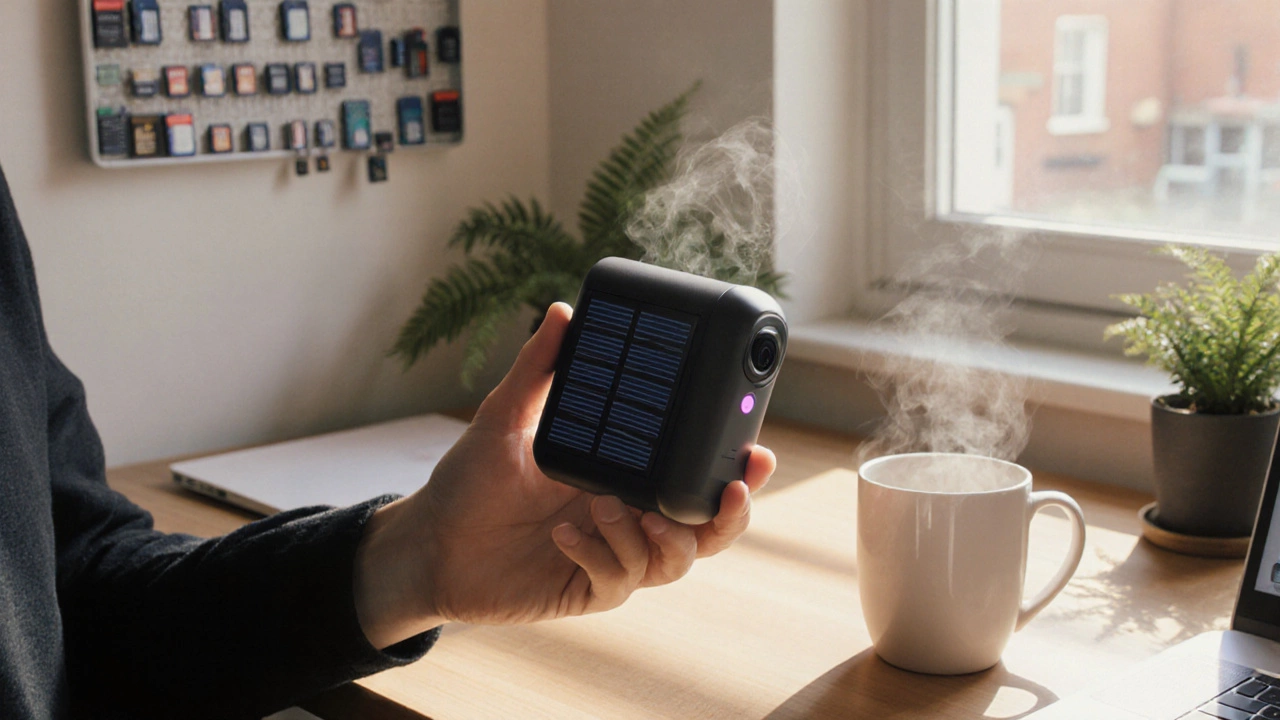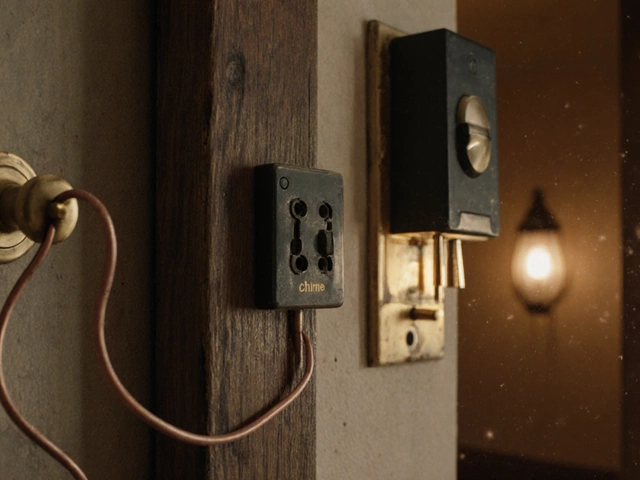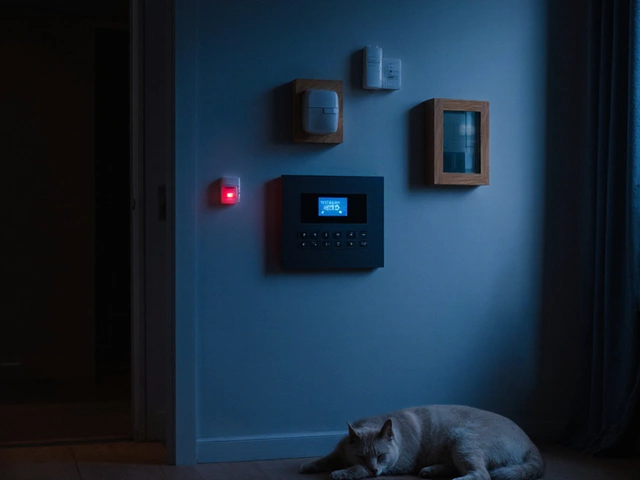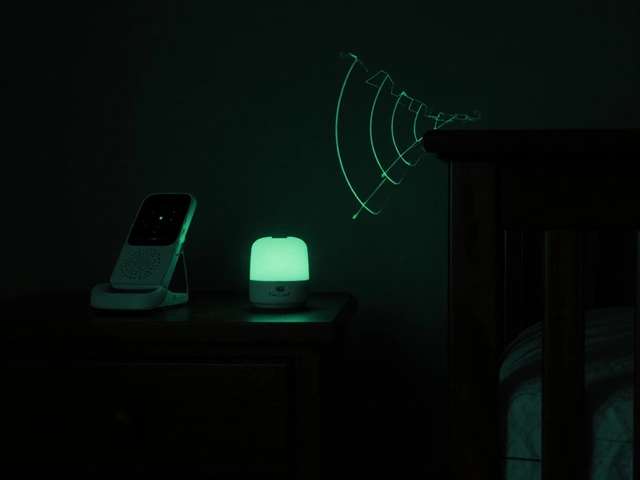Offline Camera Storage Calculator
Calculate Storage Requirements
Enter your camera specifications to determine how much storage you'll need for offline recording.
When you’re hunting for a camera that won’t ping home over the web, offline security camera is the phrase you’ll see most often. An offline security camera records video to a local storage medium-or streams directly to a nearby recorder-without needing a Wi‑Fi or Ethernet connection to the internet. These devices are popular among privacy‑concerned homeowners, renters who can’t run new cables, and anyone who wants a reliable watch‑dog even when the ISP drops out.
Why Consider an Offline Camera?
Internet‑connected cameras are handy, but they also bring a few headaches:
- Privacy risk: Every motion event uploads to the cloud, where a breach can expose your footage.
- Bandwidth drain: Streaming 1080p video can chew up a home’s data cap.
- Reliability: Power outages or ISP hiccups instantly cut off live view.
Offline cameras sidestep these issues by keeping data on‑site. That means you own the footage, you control who sees it, and you’re immune to internet outages.
Core Technologies Behind Offline Cameras
Understanding the tech helps you pick the right model. Below are the main building blocks, each marked up once for clarity:
- Analog CCTV is the classic TV‑style system that sends a raw video signal over coax to a Digital Video Recorder (DVR).
- IP cameras with PoE can operate on a local Ethernet network and record to a Network Video Recorder (NVR) without ever reaching the internet.
- SD‑card cameras embed a micro‑SD slot, storing video right inside the unit.
- Battery‑powered standalone units combine motion detection, onboard storage, and a simple plug‑and‑play design.
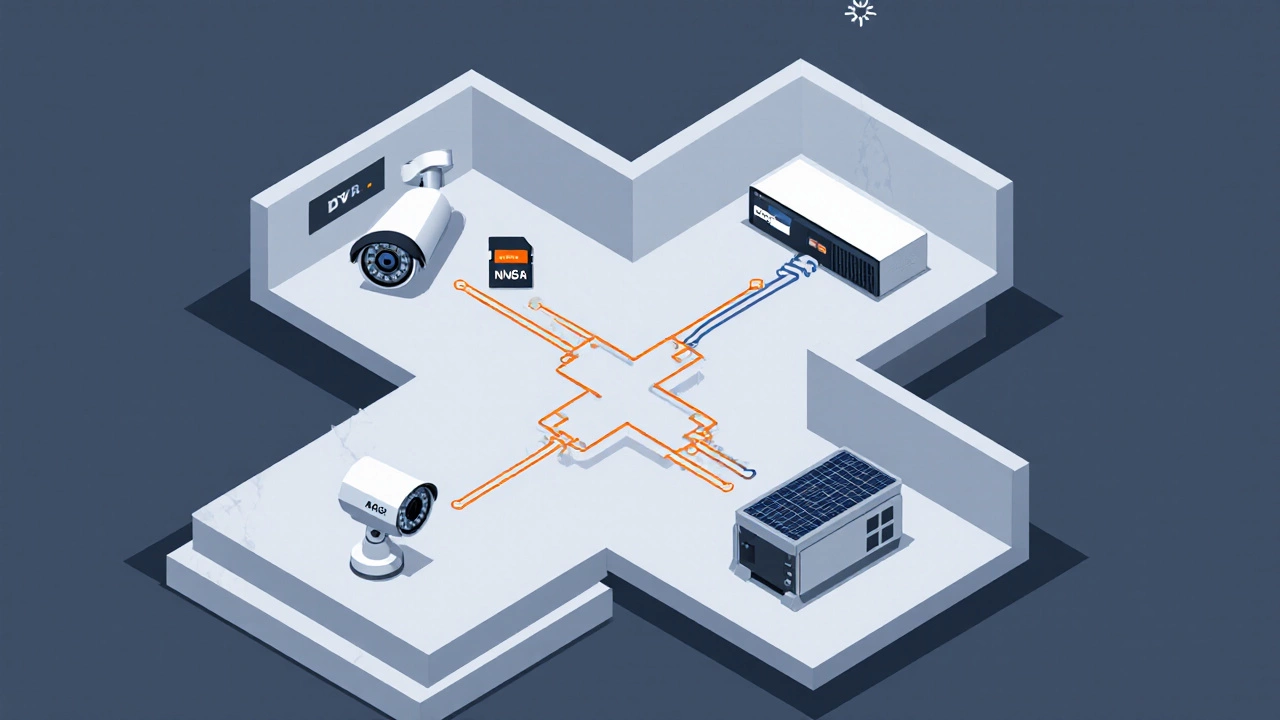
Top Offline Camera Options in 2025
| Model | Resolution | Storage Method | Power | Key Offline Features | Typical Price (NZD) |
|---|---|---|---|---|---|
| Reolink Argus3 Pro | 2K (2560×1440) | Micro‑SD up to 128GB | Solar panel+rechargeable battery | Local recording, no Wi‑Fi needed for motion alerts, optional PoE adapter for wired power. | ≈$219 |
| Amcrest UltraHD 4K PoE | 4K (3840×2160) | Direct NVR via PoE | PoE (Ethernet cable) | Continuous recording to NVR, encrypted local storage, no internet traffic. | ≈$349 |
| Hikvision DS‑2CD2143G0‑I | 4MP (2560×1440) | SD card up to 256GB | PoE + optional battery backup | Onboard H.265 compression, motion detection stored locally. | ≈$180 |
| Swann 8‑Channel 4‑K DVR Kit | 4K (3840×2160) | Internal HDD (up to 6TB) | AC adapter (plug‑in) | Full‑time analog recording, no network needed. | d>≈$399 |
| Arlo Essential Indoor Camera (Battery) | 1080p | Micro‑SD (optional via base) | Rechargeable battery | Can operate in “local only” mode; disables cloud sync. | ≈$149 |
All five models work without an active internet connection. Some still need a Wi‑Fi router for optional remote access, but you can flip a switch in the app to keep everything local.
How to Install a Standalone Camera System
- Plan your coverage. Sketch a floor plan and mark entry points, blind spots, and power sources.
- Choose the storage method. If you prefer a DVR/NVR, run a coax or Ethernet cable to the recorder. For SD‑card cameras, pick a spot with easy access for swapping cards.
- Mount the cameras. Use the supplied brackets; most analog or PoE units have a simple screw‑in mount. For battery units, an adhesive mount or magnetic base works well.
- Connect power. PoE cameras get both data and power from a single cable (use a PoE switch). Battery units just need a charge every few weeks; solar‑panel models can stay outside year‑round.
- Configure recording. Access the camera’s local UI (often via a direct IP address). Set motion sensitivity, storage limits, and retention periods. Remember to disable any “cloud sync” toggles.
- Test the system. Walk through the area, trigger motion, and confirm footage appears on the local recorder or SD card. Verify playback works without internet.
Most installers finish in under two hours for a modest three‑camera setup.
Pros and Cons of Going Offline
Every choice carries trade‑offs. Here’s a quick cheat sheet you can print out:
| Pros | Cons |
|---|---|
| Full control over footage; no third‑party servers. | Remote viewing requires a VPN or local network access. |
| No monthly cloud fees. | Limited scalability; adding cameras often means more cables. |
| Works during internet outages. | Firmware updates may need manual download. |
| Lower risk of hacking via internet ports. | Some advanced AI features (person detection, facial recognition) are cloud‑only. |
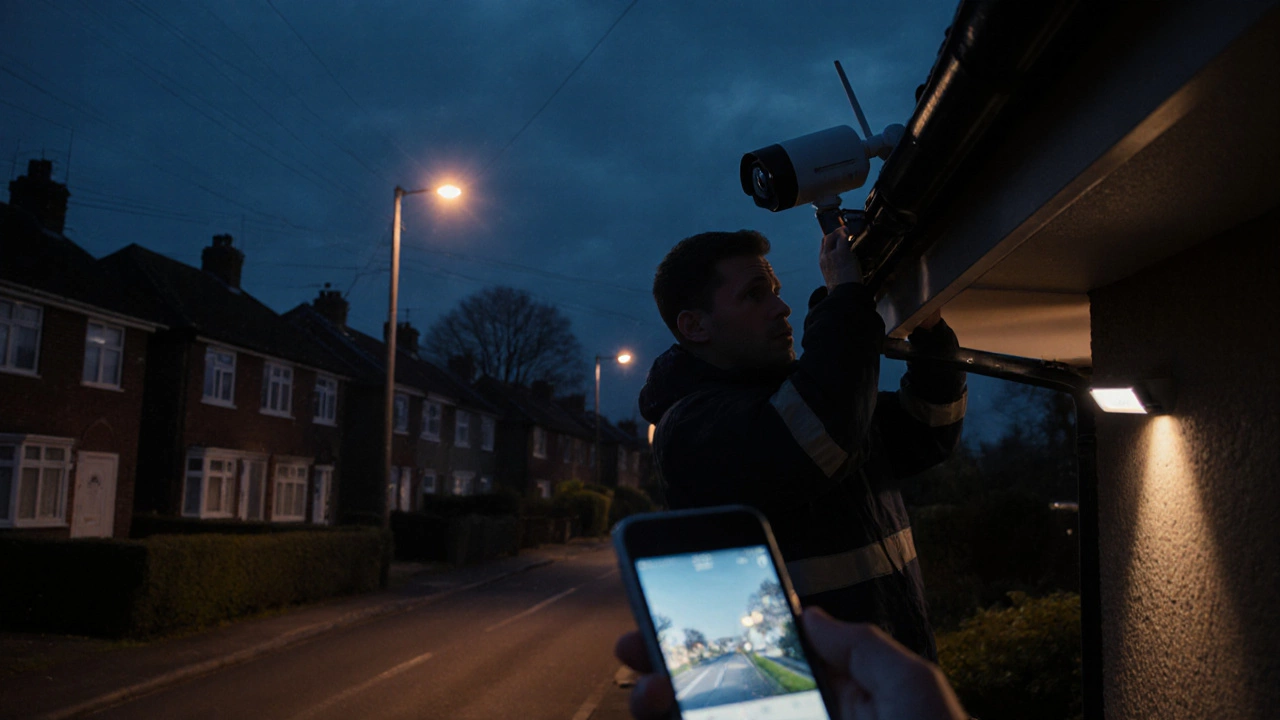
Can You Convert a “Smart” Camera to Offline?
Yes, but it depends on the model:
- Disable cloud sync. Most apps have a privacy setting that stops uploading.
- Use local storage add‑ons. Some Nest or Ring cameras accept a micro‑SD via a third‑party hub.
- Flash custom firmware. Projects like OpenIPC let you replace the firmware on many cheap IP cameras, turning them into local‑only devices.
Be aware that altering firmware can void warranties and may break features like motion alerts. Always back up the original firmware before flashing.
Maintenance Tips for Offline Systems
- Check storage health quarterly. Replace SD cards that show read‑write errors.
- Clean lenses monthly; dust can degrade a 4K image.
- Test battery life before winter; cold temperature reduces capacity.
- Schedule firmware updates (download from the manufacturer website, then install via USB or local web UI).
- Keep a spare hard drive for DVR/NVR backups; rotate every six months.
Following these steps keeps your footage safe and your system humming.
Frequently Asked Questions
Do offline cameras need any internet at all?
No. As long as you keep the camera’s firmware set to “local only” and use a recorder or SD card for storage, the device never reaches out to the internet. Some models may still need a one‑time Wi‑Fi connection to download updates, but that can be done manually.
Can I view live video from an offline camera on my phone?
Yes, if you’re on the same LAN or you set up a VPN to your home network. The camera’s local IP address streams directly to your phone’s app without touching the web.
How secure is local storage compared to cloud?
Local storage eliminates the risk of a third‑party breach, but you must protect the physical hardware. Encrypting the hard drive or using password‑protected SD cards adds an extra layer of defense.
What’s the typical lifespan of a battery‑powered offline camera?
With moderate motion activity, most rechargeable batteries last 6‑12 months per charge. Solar‑panel models can run indefinitely if they get enough sunlight.
Are there any legal requirements for using offline cameras in New Zealand?
New Zealand’s Privacy Act requires you to inform anyone being recorded that surveillance is in place. Since offline cameras don’t transmit data online, you still need clear signage on your property.
Whether you’re protecting a tiny studio flat or a sprawling suburban home, there’s a solid offline camera option that fits the bill. By focusing on local storage, power‑over‑ethernet wiring, or rugged battery units, you keep eyes on what matters-without giving strangers a digital backdoor.

